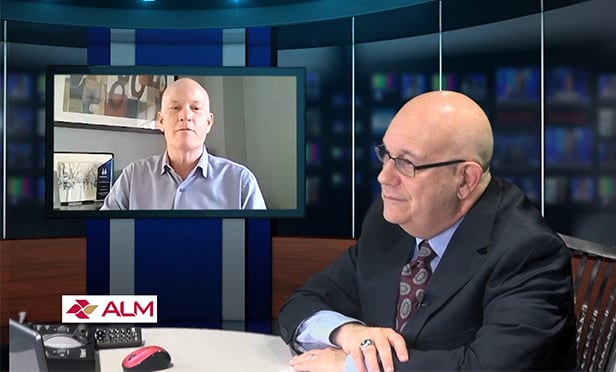NEW YORK CITY-In the past year, New York City has experienced an earthquake, a tropical storm, record amounts of snowfall and torrential downpours. But going forward, the city’s government is better prepared for what Mother Nature throws at them, New York City Council Speaker Christine Quinn explained at the Building Owners and Managers Association’s annual conference at the Grand Hyatt Hotel in Midtown Manhattan on Wednesday afternoon.
“We have to make decisions about what should be changed or renewed and what needs to evolve,” Quinn said. Part of that response, she explained, depends on the real estate community. “On the legislative side, we don’t have people on our staff who are experts in all of the technical issues of buildings. It would kind of be a waste of taxpayer dollars quite frankly to have all these people on staff, because there’s where entities like BOMA and REBNY and others are so critical to us because you can get us that information.”
Describing the city’s response to the post-Christmas blizzard as “unacceptable,” Quinn said she worked to push through a package of legislation that increases transparency and communication for city agencies such as the Department of Emergency Management and Department of Sanitation during a time of crisis. “The city tried to ignore the snowstorm last winter, and that didn’t work out so well,” she said. “Not everybody gets what they want with their taxpayer dollars, but there are some core services you have to receive, and certainly snow removal is one of them.”
For future situations, Quinn said the city created borough-based emergency plans instead of a uniform citywide plan to target the specific needs of neighborhoods. “Things affect different boroughs differently,” she said. “All of that information that we will now have will let the administration know that when important things like weather emergencies happen, what you do will be watched.”
Local governing bodies are now required to supply emergency plans and publish them in advance for the public. “That planning process is making it more transparent,” Quinn said, explaining that the extensive planning process for Tropical Storm Irene helped keep residents safe. “All we had to do was take the plan off the shelf and implement it because the city had developed a hurricane response plan. Part of the response to Hurricane Irene is putting this plan into action. Now having had it, we can go back and analyze where we could have done better.”
In addition, Quinn said building management and environmental impact are linked. “Most of New York City is a built environment,” she said. “If we want to reduce our carbon footprint and reduce our impact on climate change, we have to make changes in our existing buildings, which I know is very, very challenging and is not free,” she said.
Want to continue reading?
Become a Free ALM Digital Reader.
Once you are an ALM Digital Member, you’ll receive:
- Breaking commercial real estate news and analysis, on-site and via our newsletters and custom alerts
- Educational webcasts, white papers, and ebooks from industry thought leaders
- Critical coverage of the property casualty insurance and financial advisory markets on our other ALM sites, PropertyCasualty360 and ThinkAdvisor
Already have an account? Sign In Now
*May exclude premium content© 2024 ALM Global, LLC, All Rights Reserved. Request academic re-use from www.copyright.com. All other uses, submit a request to [email protected]. For more information visit Asset & Logo Licensing.








